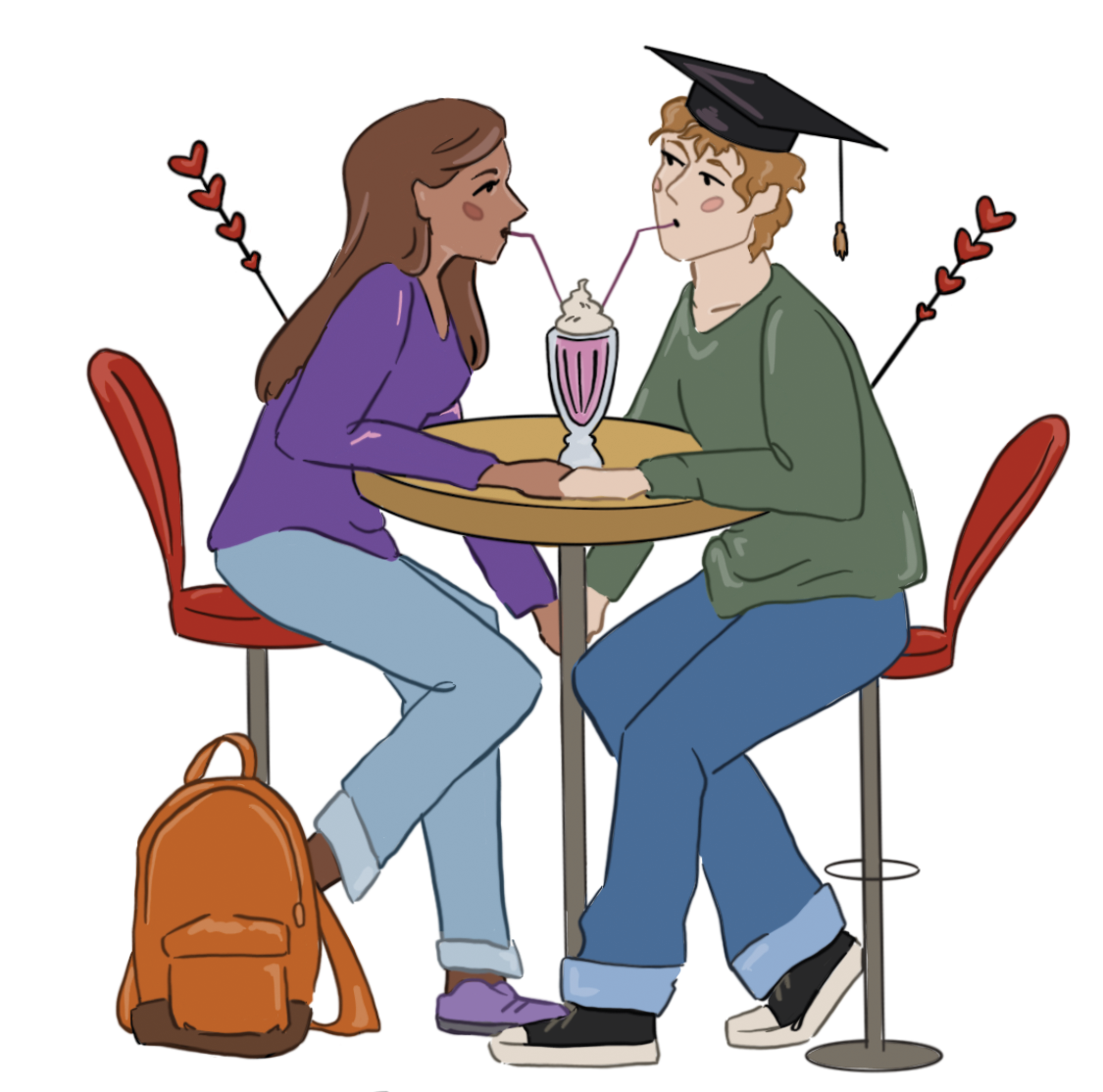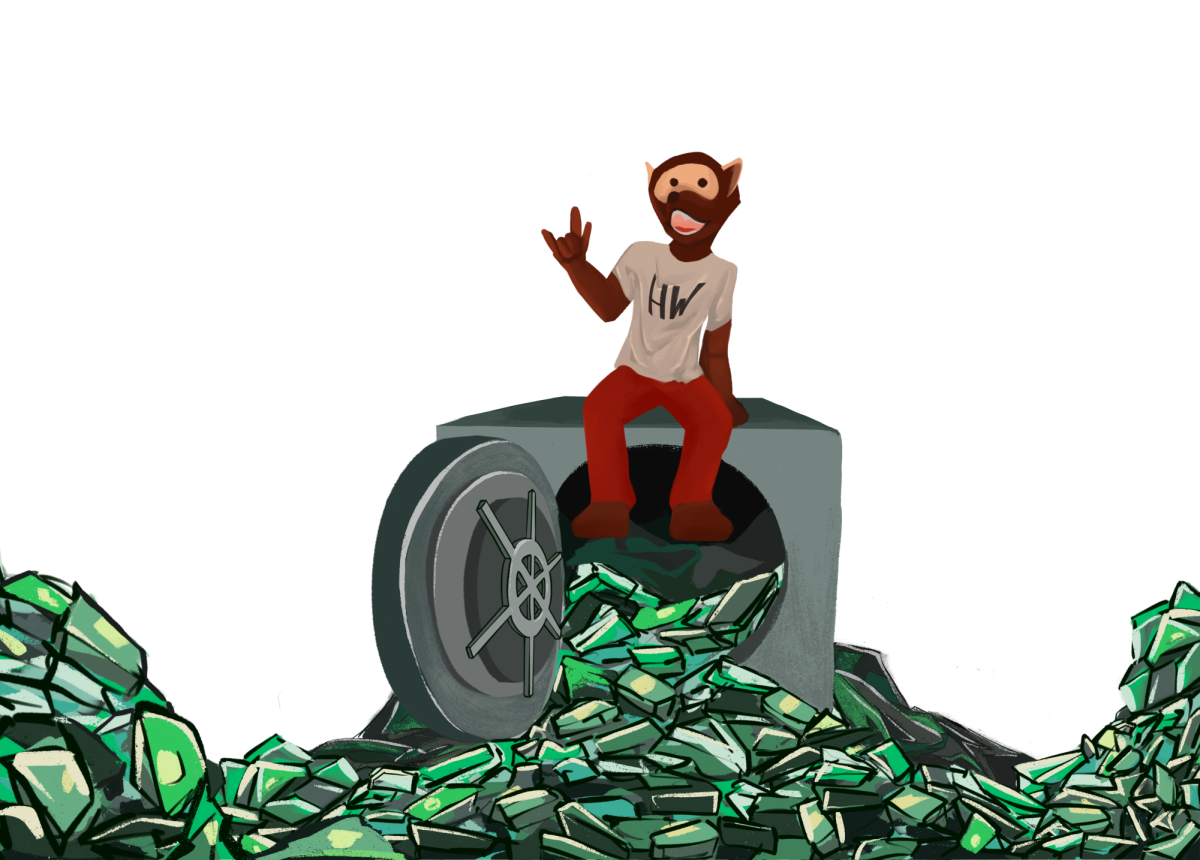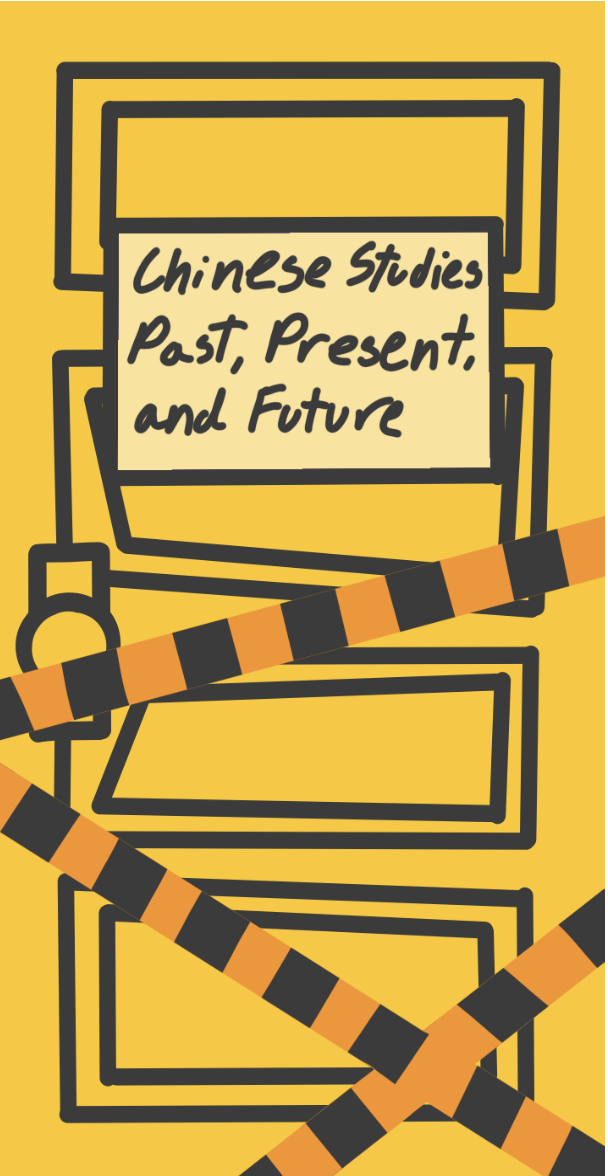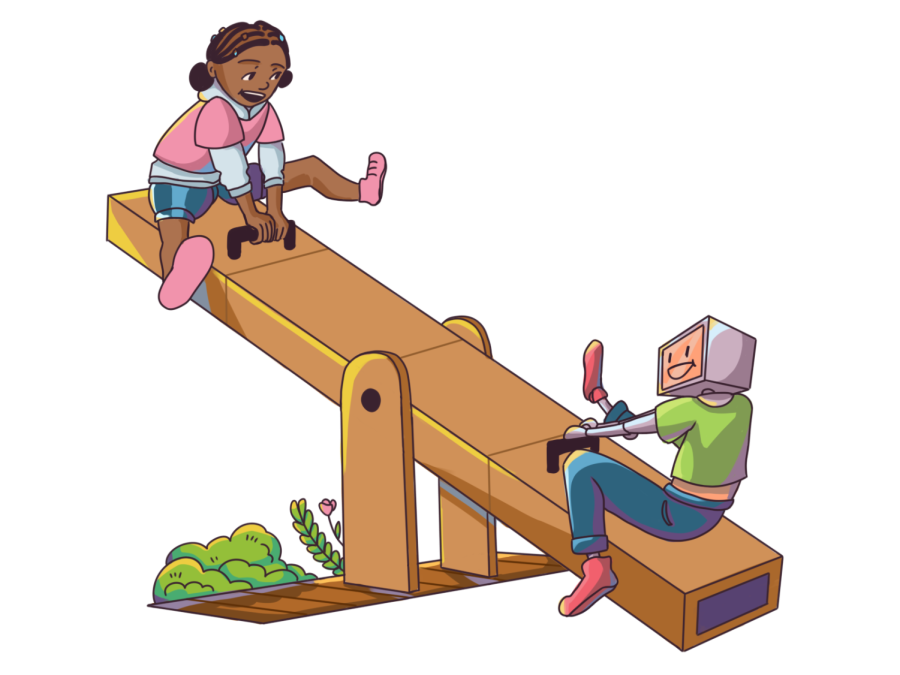Helen Graham ’21 laid on a field, confused and terrified, unable to move or respond to the questions asked from her coach and teammates.
Graham’s life changed when she suffered a debilitating concussion in the fall of 2017, when an air-borne ball hit her directly above the temple during a field hockey game.
“I could hear things that were going on around me, but people were asking me if I was alright and asking me if I could get up and I just couldn’t,” Graham said. “They called an ambulance, and the EMTs said they were very concerned about the bump, and that I needed to go immediately to the hospital and get a scan to see if I was dying.”
Graham said the doctors assumed she experienced severe brain damage, due to the placement of the bump on her temple.
“They told me that I was probably going to [have hemorrhaging],” Graham said. “Then they had me sit in a room for several hours, thinking that I had brain hemorrhaging. So, I was just sitting there trying to calm down my mom because she was freaking out. Then they got the scans back and they said it looked like there was no internal bleeding.”
The recovery process after a concussion.
Graham, who has had several prior concussions, expected to have a quick and easy recovery, she said.
“I thought it was going to be a two day thing, like [I would] take two days off and then go back to school,” Graham said. “The biggest thing I was stressed about was missing a chem quiz and a field hockey game.”
Graham said she didn’t realize the extent to which this concussion would affect her. The neurologist she visited told her that she needed to stop attending school for several months, but Graham was convinced that she could return to health in a few weeks by going to school for half-days, she said.
“Every week I kept trying to go back to school, and I pretty much couldn’t read and had a lot of trouble seeing,” Graham said. “I couldn’t look at one person and have a conversation with them. I’d be too distracted by shades of light and things behind them.”
Graham said that the school was accommodating, allowing her to attend school for half-days so that she could rest. However, by the end of first semester Graham said she still had not recovered from the concussion. So, she made the difficult decision to drop out of school for sophomore year and repeat the 10th grade the following year.
“It was a slow transition to being completely better,” Graham said. “By the time summer was halfway over, I was completely good. Or, as good as I’m going to get.”
Ben Lee ’21 said he experienced his first concussion this year during a football game. Lee said he played through the rest of the game after getting hit in the head, but visited the doctor afterwards.
“I missed a full week [of school]to recover,” Lee said. “It [took] three weeks before [I could return fully] to football.”
Lee said all his teachers have been very understanding of his situation.
The school’s take on how to accommodate students who have concussions.
Upper School history teacher and former football coach, Conrad Cuda, said the school now requires concussion training for coaches. In addition, to ease students back into school, he said the trainers coordinate with the athletes’ doctors and then the teachers.
“[Treatment] is individualized in terms of the feedback we get, how long the kids need, and usually [the trainers] try to coordinate with a doctor to determine how long and severe the concussion is,” Cuda said. “[The trainers] also give us a plan for how to try and ease students back into it because it’s essentially not something you want to jump right back in to and go full tilt.”
Delaney Klace ’21 has also experienced several sport-related concussions, including concussions in fifth and tenth grade. With the first concussion, she woke up and did not know where she was or what day it was, she said.
“I [wasn’t able] to do anything for two weeks, I basically just sat in my room and listened to audio books,” Klace said. “I couldn’t really [go to] school. I got my second concussion just last year in tenth grade also at soccer practice, got kicked with a ball directly to the head and went through the whole process again.”
Rajinder Singh Maan, a doctor specializing in preventive care, said it is important to seek treatment immediately after an athlete suspects a concussion. Treatment takes a variety of forms depending on the severity of the injury.
“[Treatment] begins with the athlete being removed from the game and a quick assessment at the sideline,” Maan said. “Then, the athlete needs to get further detailed evaluations depending on initial findings. Treatment includes relative rest, where the athlete returns to school gradually as they can tolerate. Initially, there may be decreased homework, test accommodations and breaks as needed. Returning back to sport also involves a step wise process, and only begins once an athlete has no more symptoms.”
Maan said there can be dire consequences for an athlete who does not wait for a concussion to heal or who does not seek immediate treatment.
“If an athlete does not wait for a concussion to fully heal and they sustain another brain injury, it is thought to possibly lead to brain swelling which can have catastrophic outcomes,” Maan said. “Repeated trauma to the head can also lead to Chronic Traumatic Encephalopathy (CTE) or Chronic Neurocognitive Impairment (CNI) which involve long term deficits in cognition, movement and behavior.”
Even with the possibility of CTE or CNI, Graham said that if she could go back in time she wouldn’t have given up field hockey to avoid her concussion.
“I miss field hockey, and if I had known what I know now, I would still have played because it was the hardest thing I’ve had to do,” Graham said. “I think it has changed me and made me more empathetic.”










































